
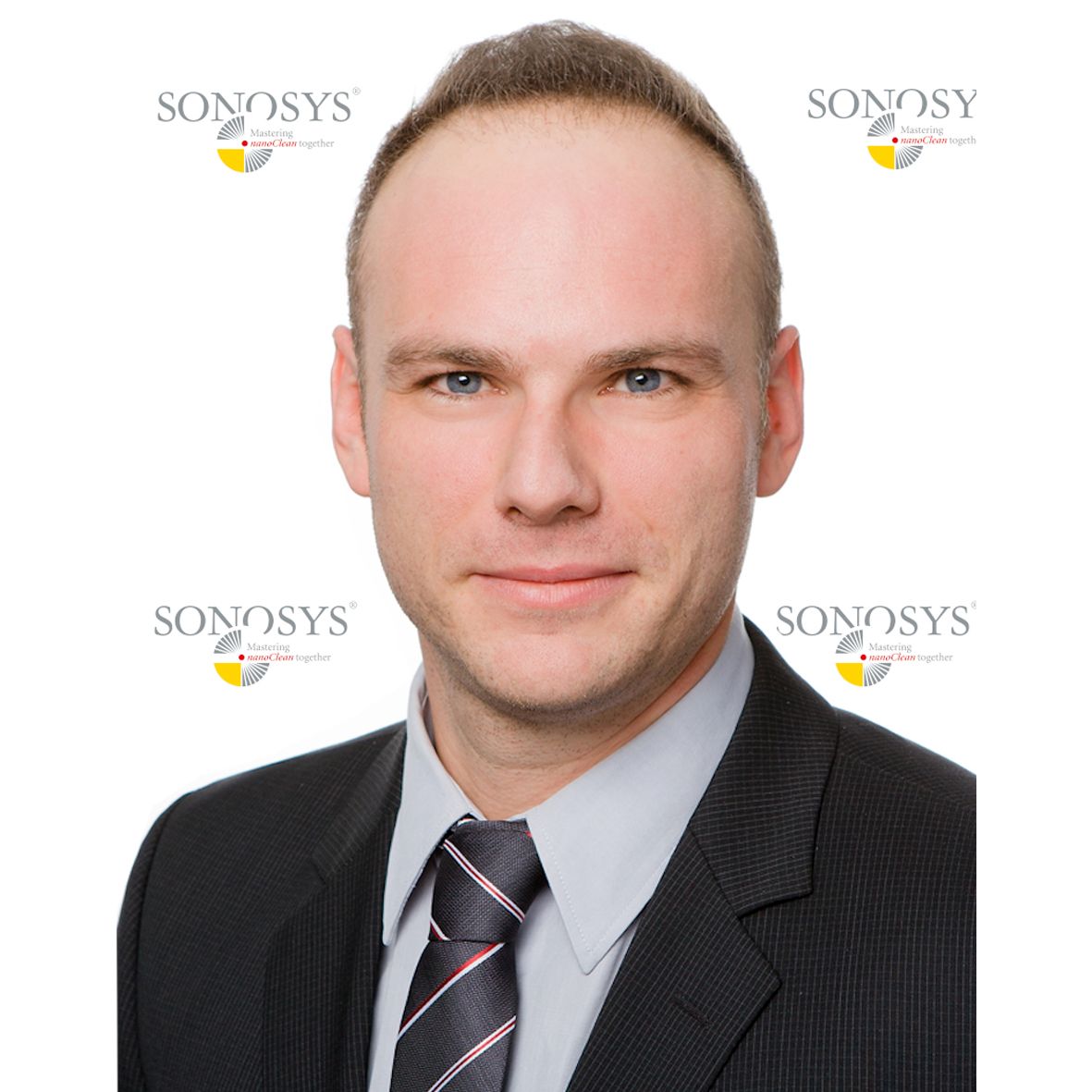
 Favorite (7)
Favorite (7)
In ultrasonic cleaning systems, an ultrasonic transducer is triggered by a generator to swing with a frequency typically in the range of some Kilohertz (kHz), e.g. 25 or 40 kHz, but usually below 130 kHz. The electrical excitation leads to a mechanical vibration that is transmitted to the liquid. This way, over- and under pressure waves are alternating in the liquid, creating small bubbles that eventually implode. This is called cavitation and its effect removes dirt particles, which then are washed away by a circulating liquid. Additionally, the effect is accompanied by chemicals that make the removal of the contaminant more efficient.
Today, in some microstructure applications, the used frequency range from ultrasonic is not doing the job anymore. The reason is, that the particle sizes to remove are getting always smaller and damage to the microstructures needs to be avoided. Because of these reasons, in some applications, like e.g. MEMS-systems, LIGA-technology, photomask and particularly the semiconductor industry (wafer cleaning), megasonic cleaning is known and used already for decades. The structure sizes have been getting smaller and smaller over the years to sub 10 nm structures nowadays.
For example, to look at the extremes, Samsung and TSMC are using 7 nm structures in their latest fabs with EUV-masks (extreme ultraviolet lithography) of currently approx. 28 nm pitch according to an article at SemiconductorEngineering. With these finest structures, the requirement for not having even the smallest grains of particles on the mask nor the wafer, has become essential to the whole process and result. This requirement, however, goes far beyond what can be done with ultrasound: the frequency is too low to remove the smallest particles in the nanometer (nm) range as the following graph illustrates:
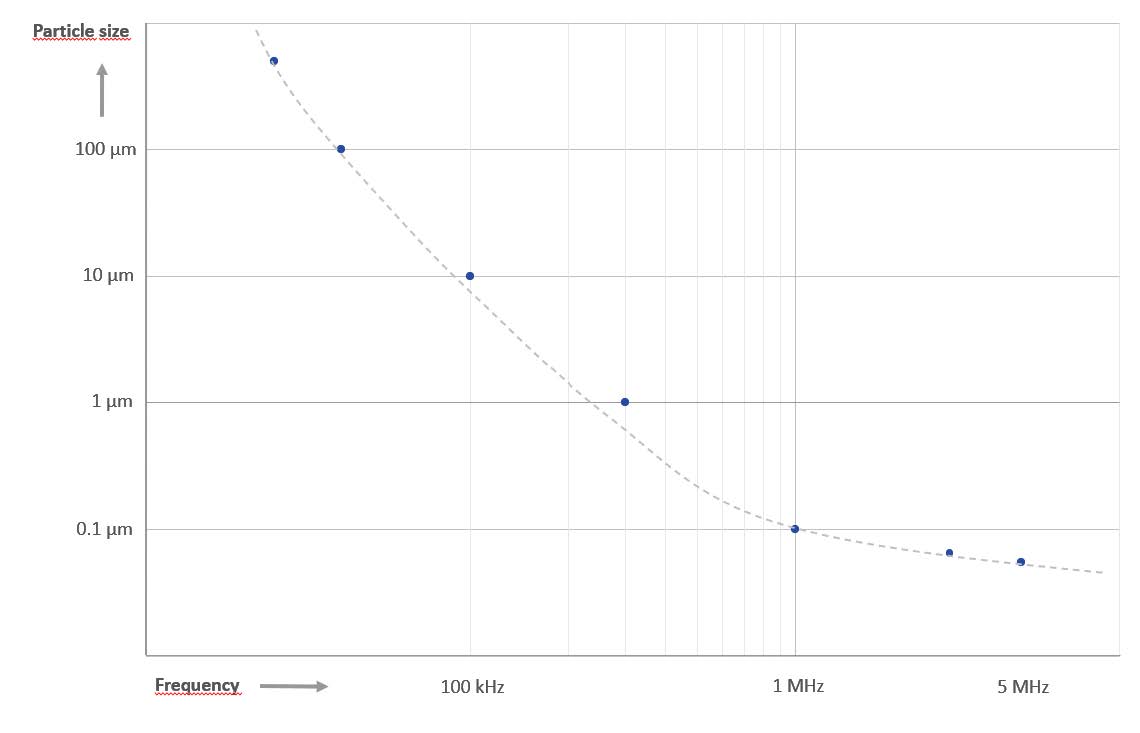
To get removal of particles smaller than 1 μm or even in some tens to 100 nm range, a frequency of 1 MHz or higher is necessary. This is what is called megasonic. Of course, there is a wide transition range from higher frequency ultrasound (100+ kHz) and the lower megasound range.
To build such systems, particular piezo ceramics are used, which are excited by generators/controllers specially designed for the higher frequencies. In practice, not only the use of higher frequencies is a challenge, but also to clean "damage-free", which means to take care of not damaging or destroying the microstructure to be cleaned! With higher frequencies, the cavitation bubbles get smaller and hence the cleaning smoother with less or no damage to the structure to be cleaned.
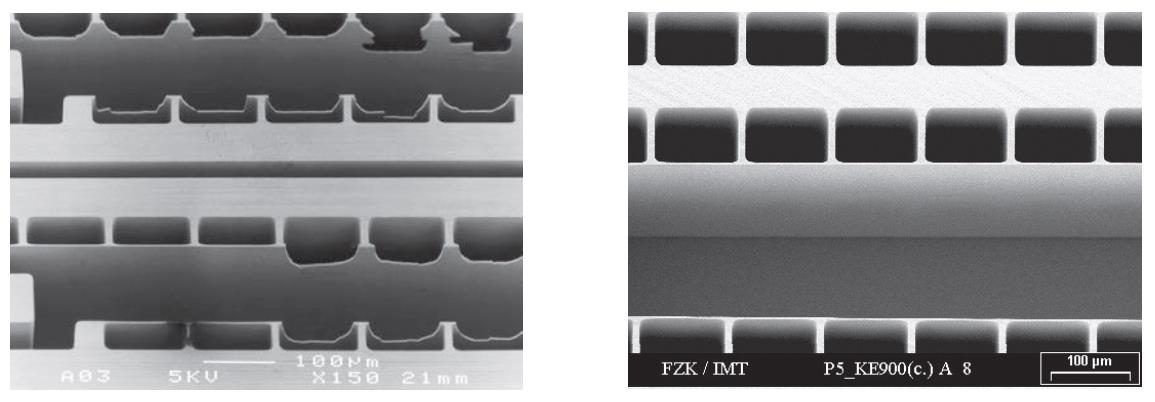
Further challenges in practical application of ultrasonic- or megasonic cleaning are:
It looks like the always smaller structures and edge requirements of nowadays cleaning applications do require sophisticated systems.
To meet these challenges, systems with higher frequencies, adjustable power and flexible form factors are required. Usually, the system design differs from traditional ultrasonic ones, so that you can barely find megasonic solutions from traditional ultrasonic cleaning system manufacturers. For example, a certain matching between piezo ceramics and generator must be achieved and/or auto-tuning generators used. Besides long-term reliability, the good megasonic systems are optimized for efficient power output and overall power reduction without losing the necessary energy density in the cleaning medium.
From scientific research we know that there is no cleaning without cavitation and hence the key to a good cleaning result is the (sufficient) formation of cavitation. Against this background of design parameters for a megasonic cleaning systems there is only a very few vendors of such systems worldwide. Specialization, experience and focus on that unique technology is key to deliver a convincing solution to the market.
SONOSYS has a 25 years background in that field and is a technology leader in megasonic systems. The products apply frequencies starting at 400 kHz and go up to 5 MHz. Our R&D has come up with a variety of solutions in both the generator and transducer offering in the megasonic space. For example, specially designed and patented Butterfly piezo ceramics allow for compact and efficient transducer design. The auto-tuning generators allow the interchange of transducer arrays without anew matching procedure. All transducers for tanks are completely measured on their acoustic field (cavitation) before shipping to the customer. SONOSYS sold more than 4'500 megasonic systems already.
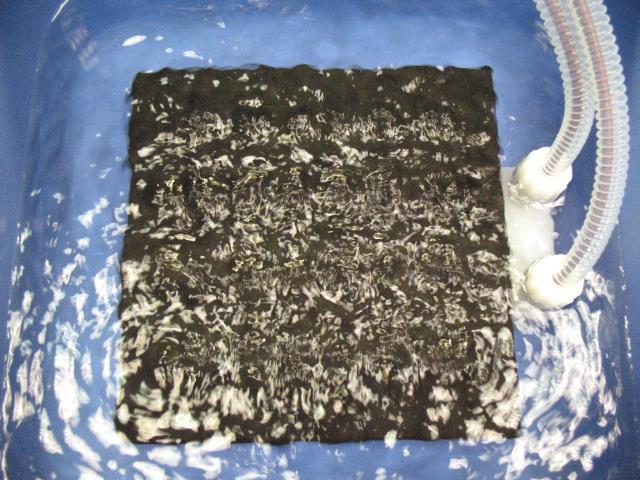
A wide range of products for megasonic cleaning for microstructures is offered. One can distinguish roughly between transducer plates/arrays for batch (=multiple substrates) processing vs. nozzle systems for single substrate processing. The principle of the first is a transducer at the bottom (or at the sides) of a larger tank, where a carrier holds the substrates and is put into the activated acoustic area. The particles getting solvent from the megasonic excitation are then washed away by a micro stream of (cleaning) liquid which is circulating in the tank. The following picture illustrates the principle:
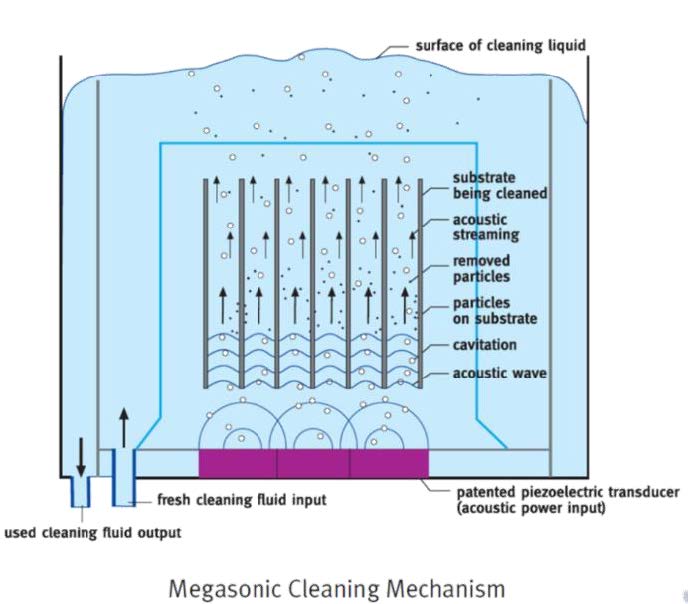
The principle of the single or dual nozzle system applies the megasonic excitation differently: a liquid is channeled through a nozzle and the megasonic excitation is applied in the nozzle and modulated onto the liquid stream coming out of the nozzle. This way, a focused stream can clean a surface very concentrated and can be flexibly moved over the substrate, i.e. is widely independent of substrate size.
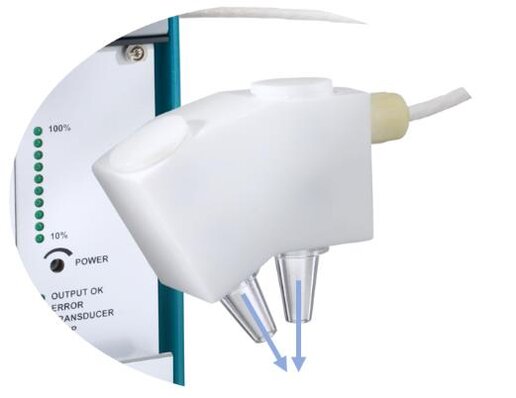
In simple words you can imagine the use of a nozzle system e.g. on a semiconductor wafer like a sound pick-up on a record player. In a sophisticated version of the nozzle system, not only one frequency is used, but two. This is called a dual nozzle and allows a wider cleaning range. Since the application of the nozzle in terms of duration of excitation and how many times you go over the substrate, this cleaning method is popular with sensitive structures, where making no damage is key. This can be at very small semiconductor wafers or also MEMS structures for example.
Besides the standard product range also custom-specific designs are realized frequently. An overview of what's available can be found via https://sonosys.de/en/products.html.
The brief overview about megasonic vs. ultrasonic solutions in the cleaning of microstructures showed a variety of requirements which need to be met today in order to clean finest structures reliably and damage-free.
Specialized designs are needed from solution providers with experience and focus in this field. As a technology leader in this area, SONOSYS offers a wide range of solutions which have been briefly introduced in this article.
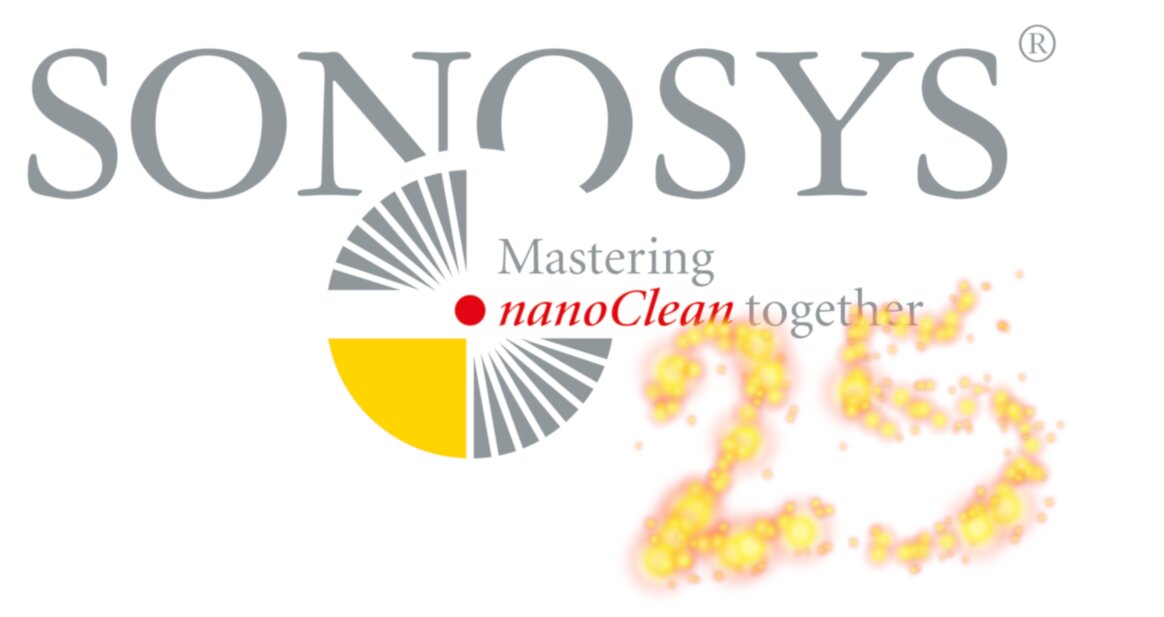
https://sonosys.de/en/home.html
https://www.linkedin.com/company/sonosys/